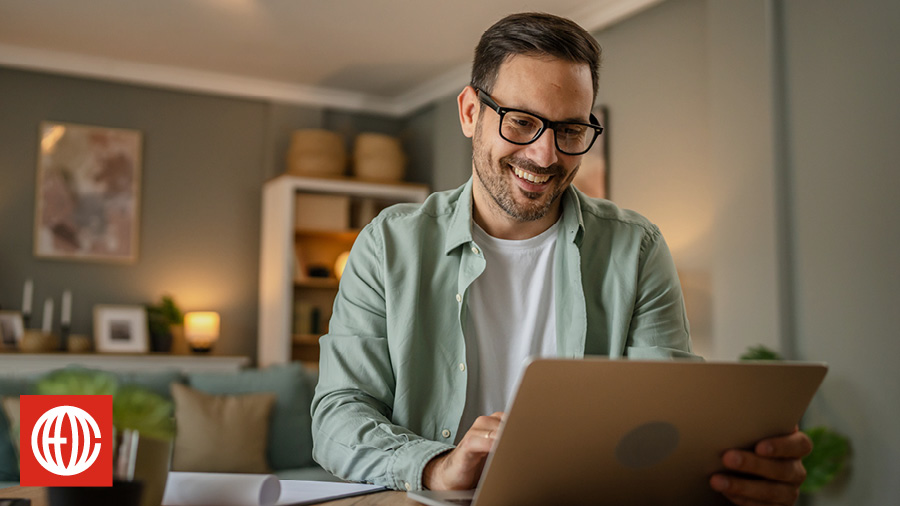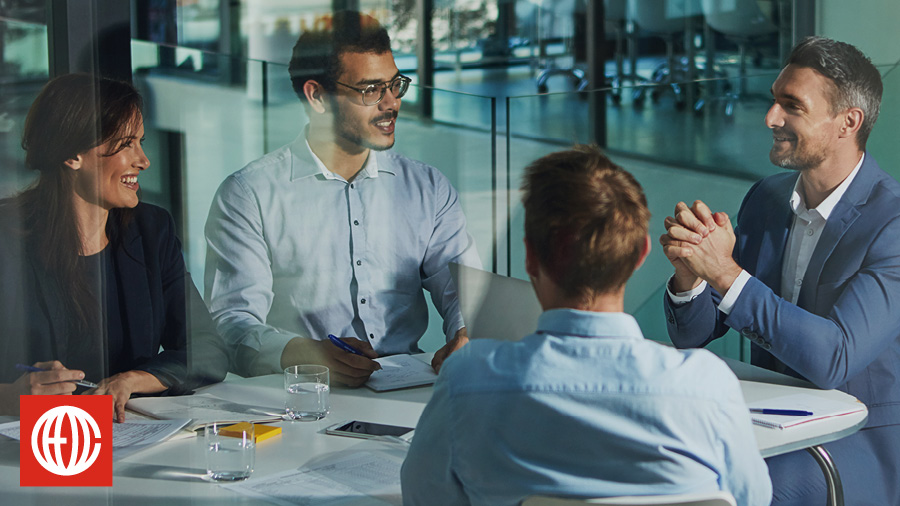Guest: Gordon Forsythe, a coach at CEO Coaching International. Gordon is an experienced CEO, Board Director, and entrepreneur with an impressive track record of fixing underperforming companies, both privately held and publicly traded, across a number of verticals, ranging from wireless, SaaS, telecom, technology, light manufacturing, advisory services, and within a P.E. environment. He has successfully led organizations ranging from entrepreneurial start-ups to divisions of Bell Canada and Constellation Software.
Episode in a Tweet: The difference between top talent and the best talent is determined by what your company needs to make BIG happen.
Quick Background: To find the right leaders for your team, you have to separate the true high performers from the pretenders who’ve been bobbing along in the high tide at other stellar companies. And to fill a key chair in your leadership team, you’ll also need to find candidates whose motivations and management styles fit with your company’s most pressing needs.
On today’s show, Gordon Forsythe discusses how to vet and hire talent who will succeed within your culture and execute the tasks that will make BIG happen for your firm.
Keys to Matching Talent to Need from Gordon Forsythe
1. Hire for growth.
I’m a strong believer in hiring executives who are going to benefit your company today and in three-to-five years as you’re reaching major growth milestones. In particular, be on the lookout for forward-thinking superstars who won’t just buy in to your current growth strategy, but will enhance your plans in collaboration with the rest of your c-suite.
“The first company I ran, I came up with what I thought was the right strategy to drive the business,” Gordon says. “And then I went out and hired a group of people to meet my strategy. What I ended up realizing was, that was an okay strategy. A better approach was to go out and hire the best talent that you could, and then come up with an incredible strategy to move forward. So instead of one individual’s strategy, you now have a group of people who are committed to that strategy.”
What’s smart about Gordon’s realization is that the goals your team will be working towards don’t change — your vision as CEO is still the guiding light. But you’re empowering your people to consider new ways to reach those goals and take real ownership over the daily, weekly, and monthly tasks that will keep the company moving forward. You want to hire executives who are going to rise to that challenge and free you to focus on CEO-level responsibilities.
2. Dig into past performance.
A resume that strings together one BIG accomplishment after another can be deceiving. Sure, goals don’t hit themselves. But as a CEO, you know just how many moving parts have to be in sync for a company to reach major milestones. You’ve also probably had to replace one or two executives who coasted along on the vision and momentum that you’d built rather than doing work that would take that momentum up a notch.
“When you’re having those initial conversations, candidates will always indicate the results and how well they went,” Gordon says. “And it’s not until you can actually start digging in that you truly understand how results were achieved and what involvement they had. Was it simply a case of right place, right time? Was it the right team? Or was it because of their interaction and direction with the team? You need to be very intentional about the questions that you ask in terms of trying to understand what it was from their perspective that drove the results of their team. And ideally they should be able to tell you that in a coherent story.”
As you’re listening to that story, keep your B.S. detector on high alert. Don’t let that amazing resume or an engaging personality drown out any warning bells. And be wary of anyone who seems more interested in rehashing what they’ve already done than they are in continuing to find and meet new challenges.
“Ultimately it’s about attitude,” Gordon says. “It’s about desire. It’s about drive. It’s about resiliency. You want people who are going to have the determination to figure out how to resolve that problem, how to work with other people to make the situation better. Those are the kinds of individuals that I look for and try to surround myself with. They just want to be the best that they can possibly be. I’m looking for someone who constantly wants to be improving, constantly wants to be getting better at their craft and helping others on the team to do that as well.”
3. Fit skills to needs.
If your HR department has done its job, every candidate you’re meeting with is probably exceptional in some way. But talent isn’t always scalable.
“Having many direct reports is often a sign of success at a large business,” Gordon says. “In a small company, these instincts will hurt the company and empire-building skills really are counterproductive. Larger companies tend to move at a slower pace due in part to the layers of bureaucracy and management. At smaller companies, speed gives you a better chance of success. In terms of sense of urgency, at a big company, managers have the luxury of thinking about problems and spending time working on the best way to resolve them. They rarely face life or death opportunities or threats, while at smaller companies, you can face them on a daily basis and be out of business in short order.”
Of course, fit isn’t just a question of size. An all-star sales manager who knew how to get the most out of a team of old-school pavement-pounders might not have the same touch with your millennial virtual workforce. A hired-gun CEO who’s better with planning than managing people might struggle inside the personal and professional dynamics of a family-run business.
“Ultimately, you need to find what are the candidate’s deepest motives for the move?” Gordon says. “Are they in sync with the kind of personal and professional satisfaction the company can deliver? Is the financial fit right? Do the candidate’s skills and competency fit with the company’s stage of development?”
You’re not going to find answers to all these questions on a resume. And even after a thorough interview process, a handful of candidates might appear equally qualified. Come decision time, it’s your uniquely intimate knowledge of your company, your culture, and your goals that will lead you to the right person for the right job.
Top Takeaways
1. Top companies hire top talent. You can’t afford to settle for second best.
2. Once size doesn’t fit all. A candidate’s talent and core competencies need to sync with your company’s growth trajectory.
3. Poor fit leads to poor performance and, potentially, an even more expensive hiring decision.
[Tweet “The difference between top talent and the best talent is determined by what your company needs to make BIG happen.”]
About CEO Coaching International
CEO Coaching International works with CEOs and their leadership teams to achieve extraordinary results quarter after quarter, year after year. Known globally for its success in coaching growth-focused entrepreneurs to meaningful exits, the firm has coached more than 1,500+ CEOs and entrepreneurs across 100+ industries and 60 countries. Its coaches—former CEOs, presidents, and executives—have led businesses ranging from startups to over $10 billion, driving double-digit sales and profit growth, many culminating in eight, nine, or ten-figure exits.
Companies that have worked with CEO Coaching International for two years or more have achieved an average revenue CAGR of 25.9%, nearly 3X the U.S. average, and an average EBITDA CAGR of 39.2%, more than 4X the national benchmark.
Discover how coaching can transform your leadership journey at ceocoachinginternational.com.
Learn more about executive coaching | Meet our world-class coaches








